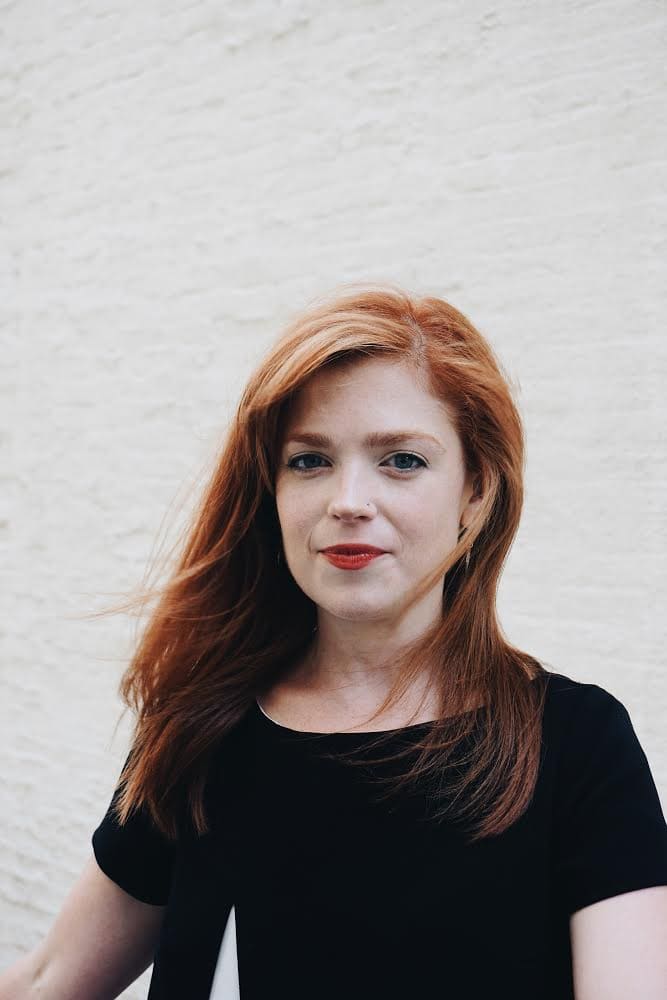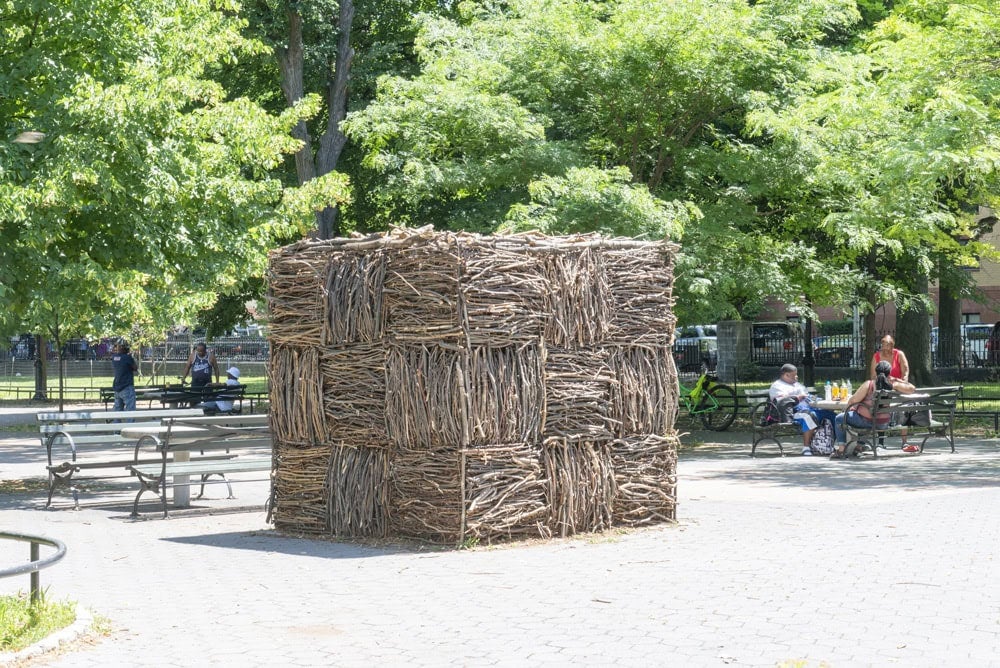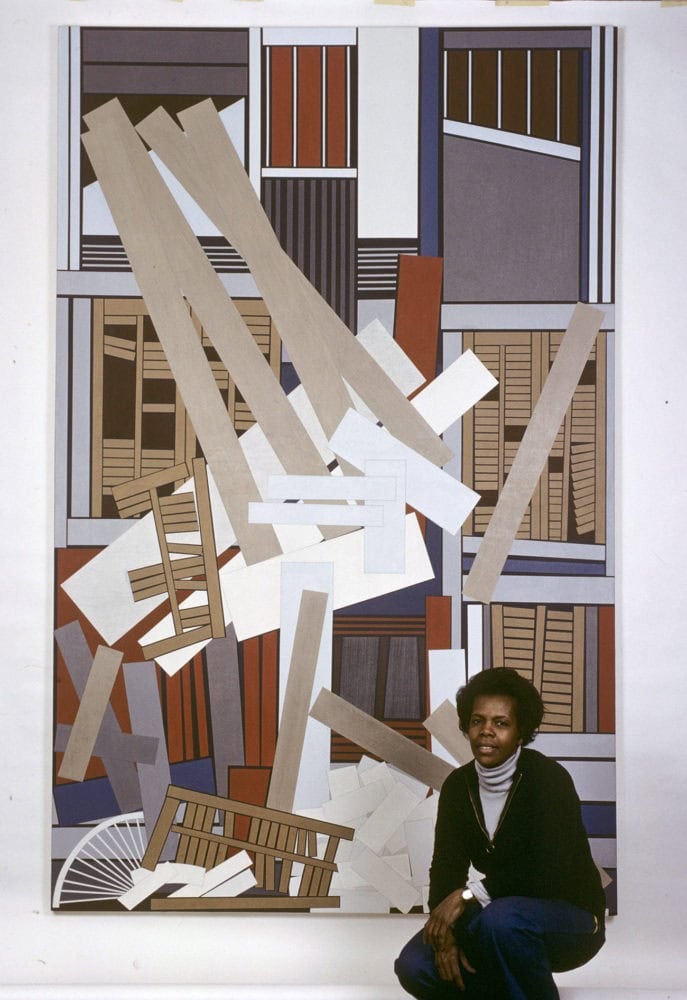
After spending five years working at the Studio Museum in Harlem, curator Hallie Ringle succeeded Wassan Al-Khudhairi as curator of contemporary art at the Birmingham Museum of Art in Birmingham, Alabama, in late 2018. At the Studio Museum, Ringle curated the group show Fictions in 2017, as well as off-site projects with artists such as Derrick Adams, Firelei Báez, and Maren Hassinger. When Ringle assumed her new position in Birmingham in November 2018, there were a few months left in the run of Third Space: Shifting Conversations About Contemporary Art, the museum’s first-ever large-scale exhibition of contemporary art from its own collection, which was organized by Al-Khudhairi and strove to draw connections between the American South and the Global South. In our conversation, Ringle spoke about how this ambitious presentation “laid the groundwork” for many of the projects she hopes to pursue at the museum.
In addition to organizing projects including Birmingham artist Celestia Morgan’s exhibition REDLINE, which remains on view through February 16, Ringle has been preparing for a forthcoming retrospective of works by the late artist Mavis Pusey that will be presented at both the Birmingham Museum of Art and the Studio Museum in Harlem. (When Pusey died in April 2019, Ringle contributed an obituary for the artist to Burnaway.) Late last year, I spoke with Ringle about her relocation to the South, her first year in Birmingham, and what spending years researching a nearly forgotten artist has taught her about being a curator.
Our conversation was conducted over the phone in November 2019 and has been edited for publication.
Logan Lockner: If I’m not mistaken, you’re originally from North Carolina. I’m curious about what attracted you to curatorial work, what drew you to New York, and how that eventually came full circle with you returning to the South.
Hallie Ringle: I grew up in Davidson, North Carolina, and both of my parents worked at Davidson College. My mom had studied art as an undergrad and then moved into public health, and my dad is a mine archeologist. Growing up, we went to museums all the time. I can remember crying when I was little because I didn’t want to go to any more museums—they’re so boring!
For a while we lived in Mexico, and my sister and I would help our dad on his digs. We would save our old toothbrushes and help him clean shards of pottery or pieces of obsidian or other small objects that were coming out of the dig. That process taught really taught me about the importance of visual culture and what you can learn from an object and its maker. My parents also taught us that it’s much more important to listen than to speak, and that’s something I bring to my work as a curator.
In college I thought I might want to be an anthropologist, but what I really loved was art history. I took a contemporary African art class in undergrad, and I fell in love with it. Then I went to grad school at UT Austin, where I worked with Moyosore Okedji and Eddie Chambers. While I was going to UT, my now husband was living in New York, and we would go back and forth visiting each other. Once the summer came around, I thought I would try to get an internship at the Studio Museum, having read so many important texts that came out of the museum. I thought it was a long shot, but why not go for it?
I was so lucky that they hired me—I have no idea how that happened. After the internship, I went back to grad school. One time I was visiting my husband and I ran into one of the curators [from the Studio Museum] on the street, who told me there was a job opening and that I should apply. So I did, and I became the curatorial assistant. I got a whole education at the Studio Museum. That kind of curatorial training is so powerful and important. I can’t tell you how grateful I am to have learned from Thelma [Golden] and Naima [Keith] and Lauren [Haynes] and Thomas [Lax] and all of my colleagues there.

LL: When I spoke to Naima last year, she said something similar. While the museum is so well known for being an incubator for artists in its studio program, she said it’s also an incubator for young curators, a sort of curatorial training ground.
HR: Absolutely, and it’s the best kind of training ground: it’s very nurturing but also very critical. It shapes people in fantastic ways. It provides a sort of platform that isn’t the norm for the art world. As part of the curatorial team at the Studio Museum, you get a real opportunity to work intensively on multiple exhibitions, not just one or two. That kind of trust is really incredible.
LL: So you’ve been in Birmingham around a year now. What has that first year been like? It must have been really interesting for you to arrive at the Birmingham Museum of Art after Third Space, since that was such a defining exhibition for the museum and the contemporary department in particular.
HR: I feel super lucky to have come in at the tail end of Third Space. I saw it when I was interviewing for the job, and I was really excited to see that the museum had invested such support and care into an exhibition of contemporary art, which helped me see there was a lot of potential here. Third Space laid the groundwork for so much of the work I hope to do here, and it opened the door for so many possibilities. I’m very grateful to Wassan for doing that exhibition because it showed the museum that its audience could be younger and more diverse, and that it could attract visitors to the galleries, not just to programs. That’s a really important distinction for the museum because so many institutions think they can only get young people in the door for experiences, and that’s really not true. You can get people in the door by listening to what they’re experiencing and what they need and what they’re asking for.

LL: Is Celestia Morgan’s exhibition REDLINE the first project you’ve spearheaded at the BMA?
HR: Not exactly. I did a permanent collection installation around labor as my first project here, and I was also tasked with doing an exhibition about Barbie, which became Barbie: Dreaming of a Female Future. I was given a lot of latitude to change the project, so we were able to open up discussions about gender identity and self-perception, as well as the ban on abortion that passed right as the exhibition went up. I’m excited to see that project coming to life in different ways.
Celestia’s show is the third project I’ve worked on since I came here. I had known about Celestia’s work before and was really excited about her practice. The museum itself is located near an interstate—I-20—which was built in the 1970s, and its design and construction decimated Black neighborhoods in Birmingham, blocking residents of North Birmingham from accessing the resources downtown, including the museum.
Celestia’s exhibition REDLINE directly addresses this history, housing justice, and access to resources. It felt important to have these conversations and to examine the bureaucracy of racism that allowed this to happen. The project has also involved a great deal of community engagement. We often say we want people to see themselves in the work here, and part of seeing yourself is seeing your home, your neighborhood, and the community you have built celebrated in the museum. It’s been exciting to see the kind of pride that people have in their neighborhoods and neighborhood associations, which were organized to fight redlining and to advocate for residents. The exhibition is also about empowerment, not just suffering. Celestia is also showing joy and agency in these photographs, and that’s what I love about the series. It’s not a single narrative—it’s actually quite complicated.
I moved to the South because I want to work with Southern artists. I don’t think there are enough support structures or enough visibility for artists working here. I don’t even think there are enough museums looking at Southern artists. The amount of talent our neighbors have here is unprecedented, and people aren’t engaging these artists. It’s almost if you haven’t been through New York or Chicago or LA, a lot of museums don’t want to work with you, and that shouldn’t be the case. The South may be the most creative region in the country in that people are creating and experiencing art every day in their surroundings. It’s really all about visual culture here, and only a small part of that exists within museums.

LL: When did you begin working on Mavis Pusey? Was that something you were working on in New York, or did you pick up the project when you came to Birmingham?
HR: Oh yeah, I was in New York—Thelma actually introduced me to Mavis’s work. She saw Mavis’s painting in an auction catalog and became very interested in her and mentioned her to me, and I said I would be interested in looking her up and finding out more. It’s been a slow, long process, which is not how I typically work. I’ve been working on Mavis for about five years now. With someone like Mavis, who went unrecognized for so long and whose record has largely been destroyed or remains yet to be found, it’s a whole other kind of care and advocacy that I’m learning about.
Mavis’s exhibition has taken me places I never expected to go, and I’ve come into contact with people that I would have otherwise never met. I’ve learned so many things through her. As part of the research process, we discovered the contents of this previously unknown storage unit full of her work. I’m most excited about this opportunity to see a large number of her works together in the same space, which hasn’t really happened before. She’s been largely invisible to the art world, and I’m grateful to have this chance to formally insert her into art history but also demonstrate that she deserved that recognition all along. I cannot wait for people to see what they’ve been missing.
Barbie: Dreaming of a Female Future is on view at the Birmingham Museum of Art through January 26.
Celestia Morgan: REDLINE is on view at the Birmingham Museum of Art through February 16.




